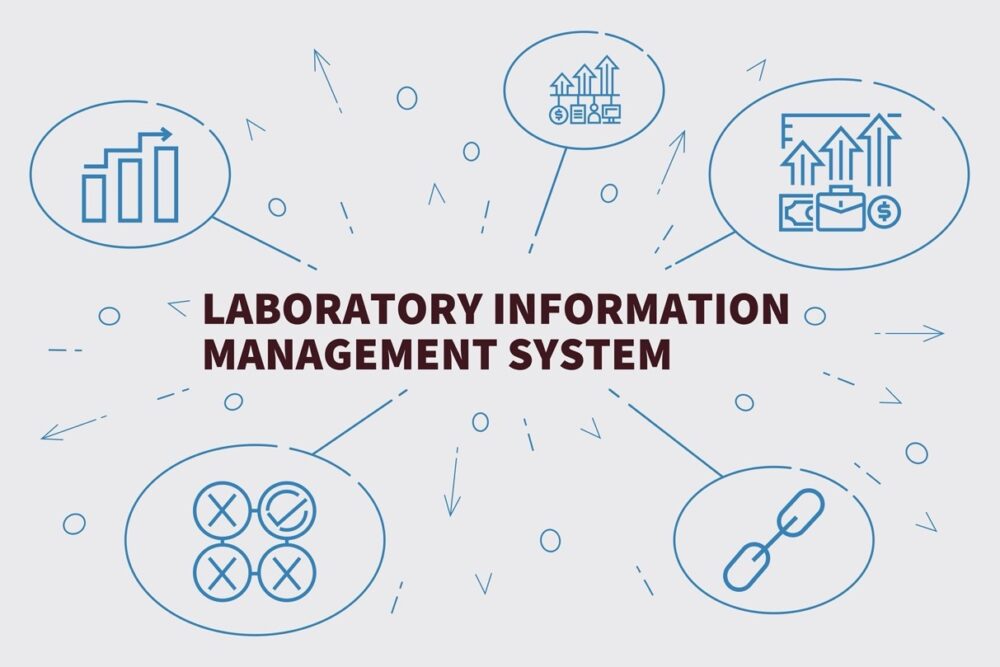What Is LIMS? Everything You Need to Know
A Laboratory Information Management System, otherwise known as LIMS, is a comprehensive, software-based solution to maximize a laboratory’s efficiencies through centralized workflow. From specimen preparation to final report release, a LIMS is designed to simplify a lab’s day-to-day operations while reducing the risk of mistakes through paperless operations.
Fun fact: the first commercial LIMS was created in 1982 in response to manual laboratory processes that were time-consuming and at risk for errors. [1]
Who Uses a LIMS?
While all types of laboratories can benefit from a LIMS, SCC’s Laboratory Information System is designed to support molecular, biobanking, pharmaceutical, and research needs.

LIMS Versus LIS
The terms LIS (Laboratory Information System) and LIMS are often used interchangeably. However, there are distinct differences in that LIS is designed to support individual patient data and found in a clinical setting, whereas LIMS is designed to support batch testing where individual patient identity is not relevant.
LIMS Key Features and Benefits
At a high level, the main benefits of implementing a LIMS are efficiency, accuracy, and workflow management. Ours offers the following features to help our partners achieve these benefits:
- Workflow-Based Testing
- Versatile Testing Options
- Advanced Reporting Options
- Equipment Monitoring & Maintenance
- Instrument Integration
- Cutting-Edge IT Standards
- Quality Support
- Worklist
- Specimen Preparation
You can get additional details of SCC’s LIMS key features and benefits here.
Getting Started With LIMS
When choosing your laboratory’s LIMS software, its essential to consider your lab’s specific needs, your IT architecture, and budget. At SCC, we know that this can be a complex process – and our team is here to help simplify it so you can make the best decision. Just complete our online contact form here and a team member will be in touch.
